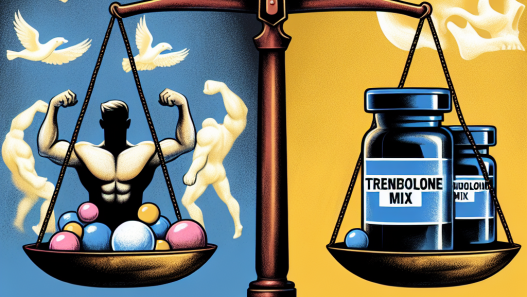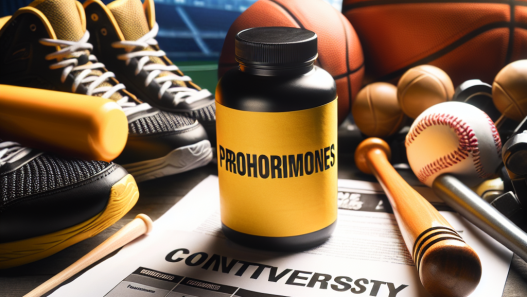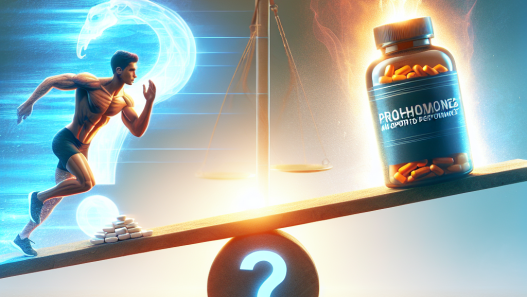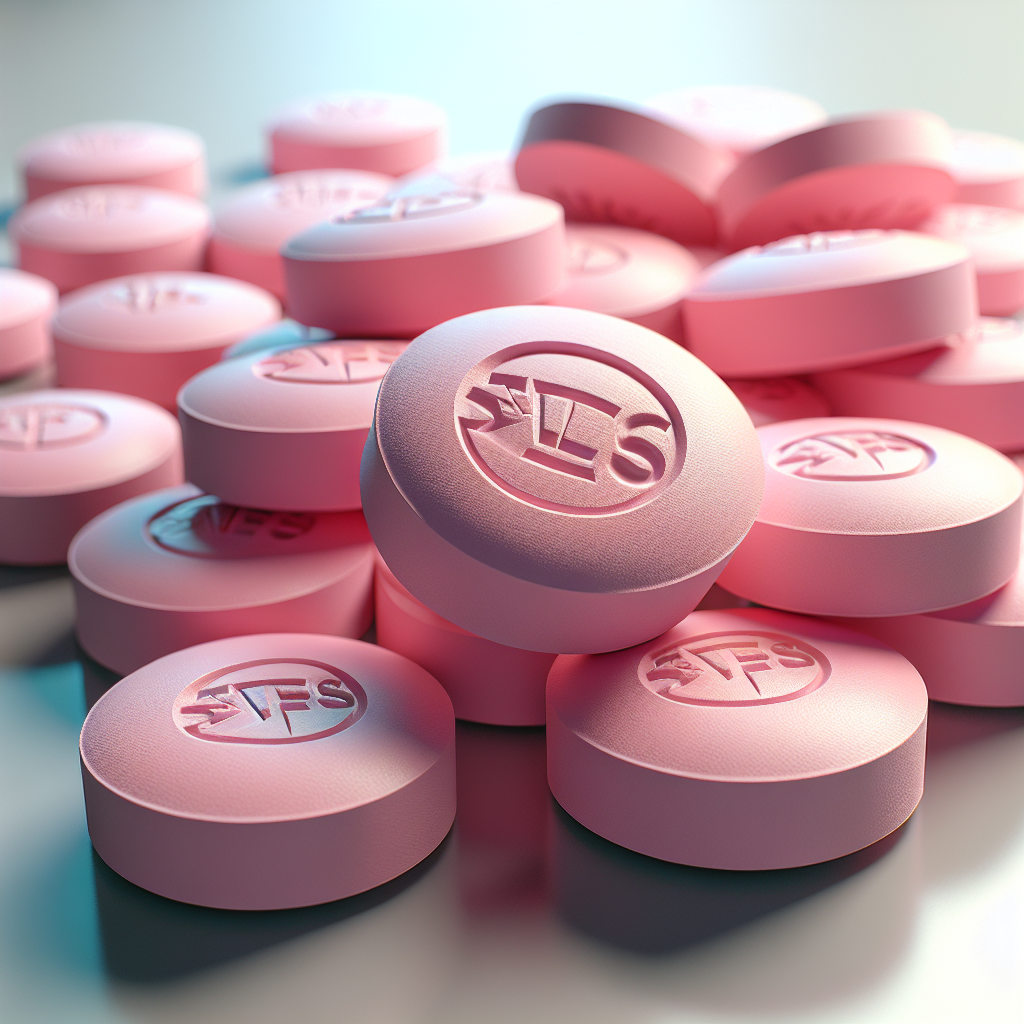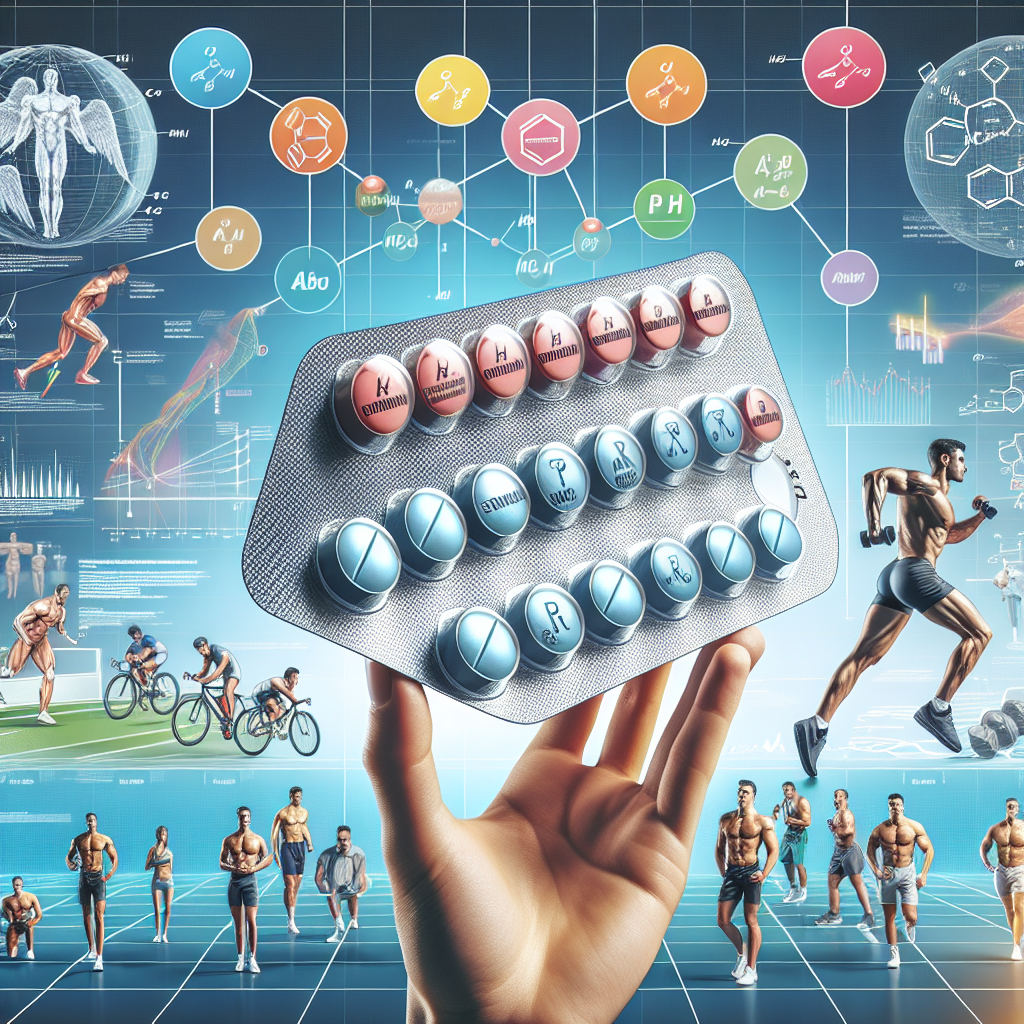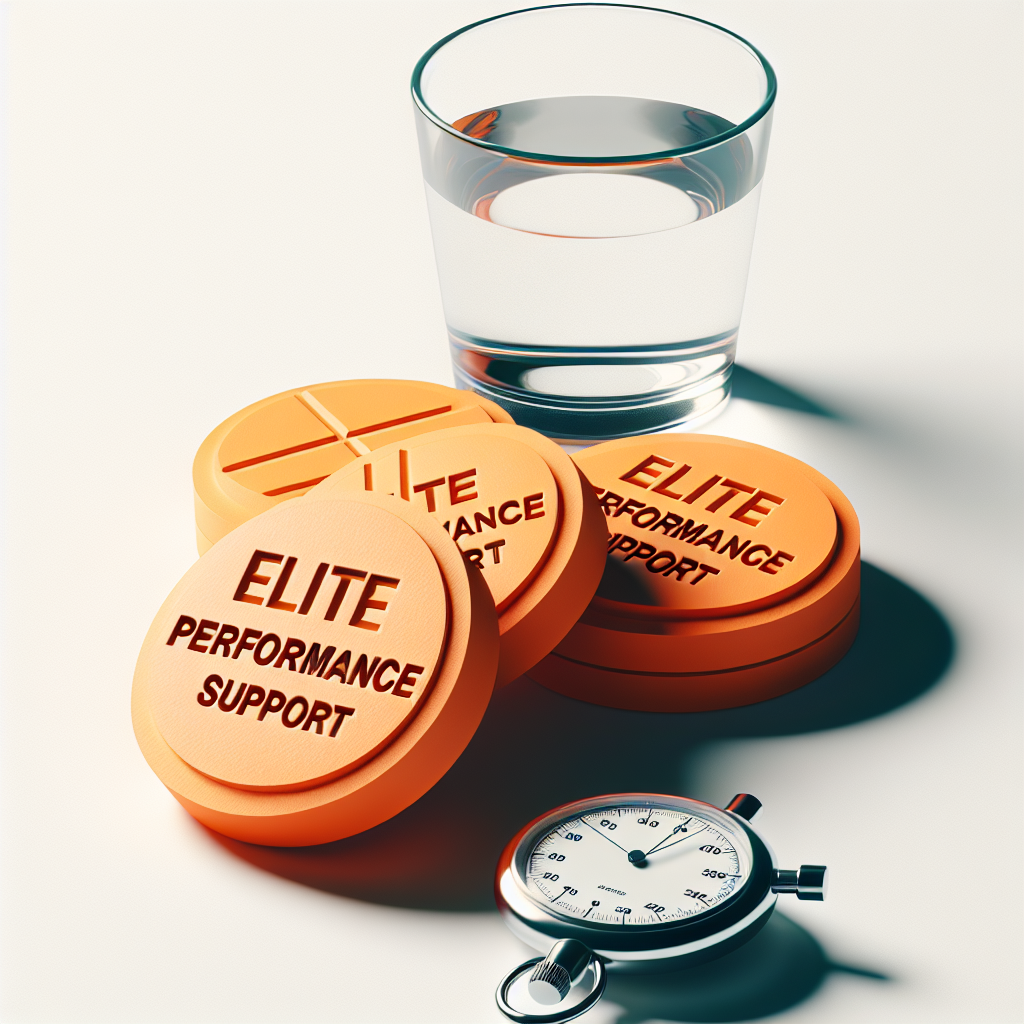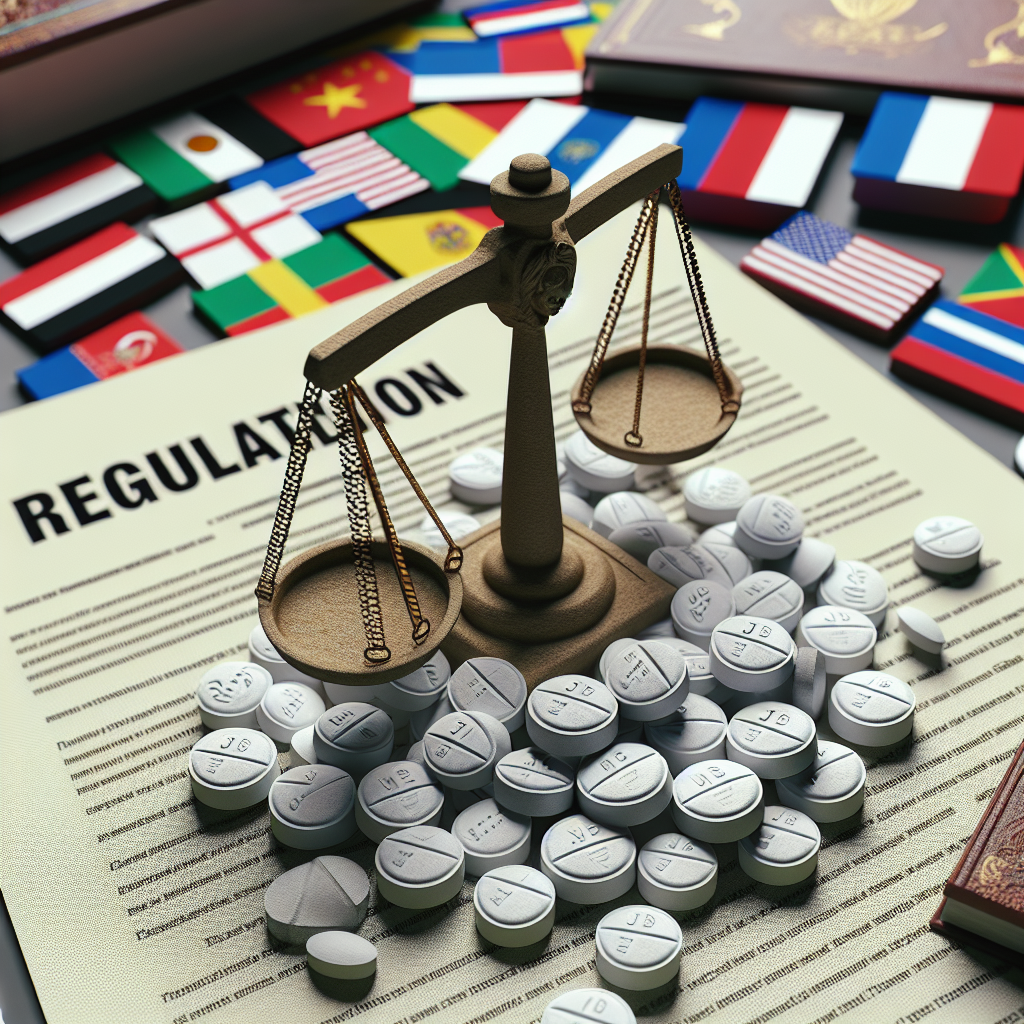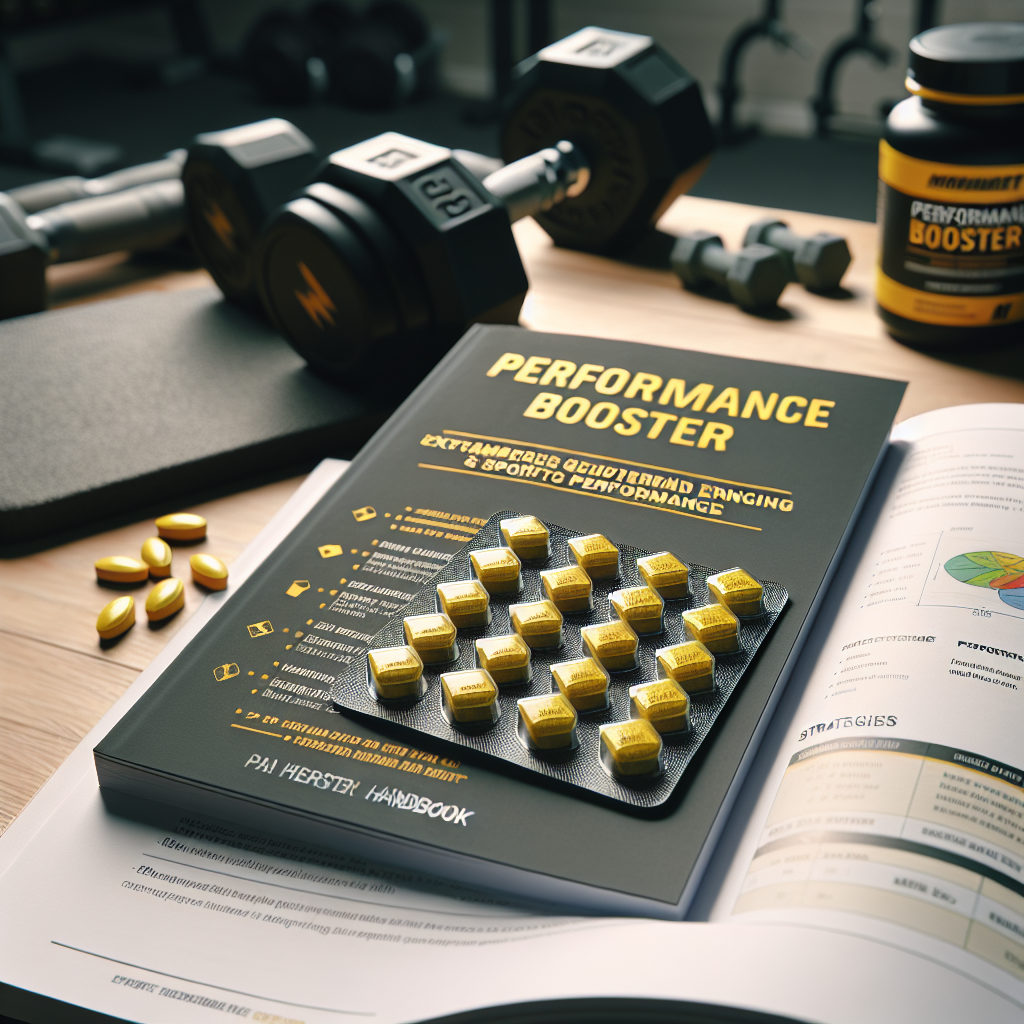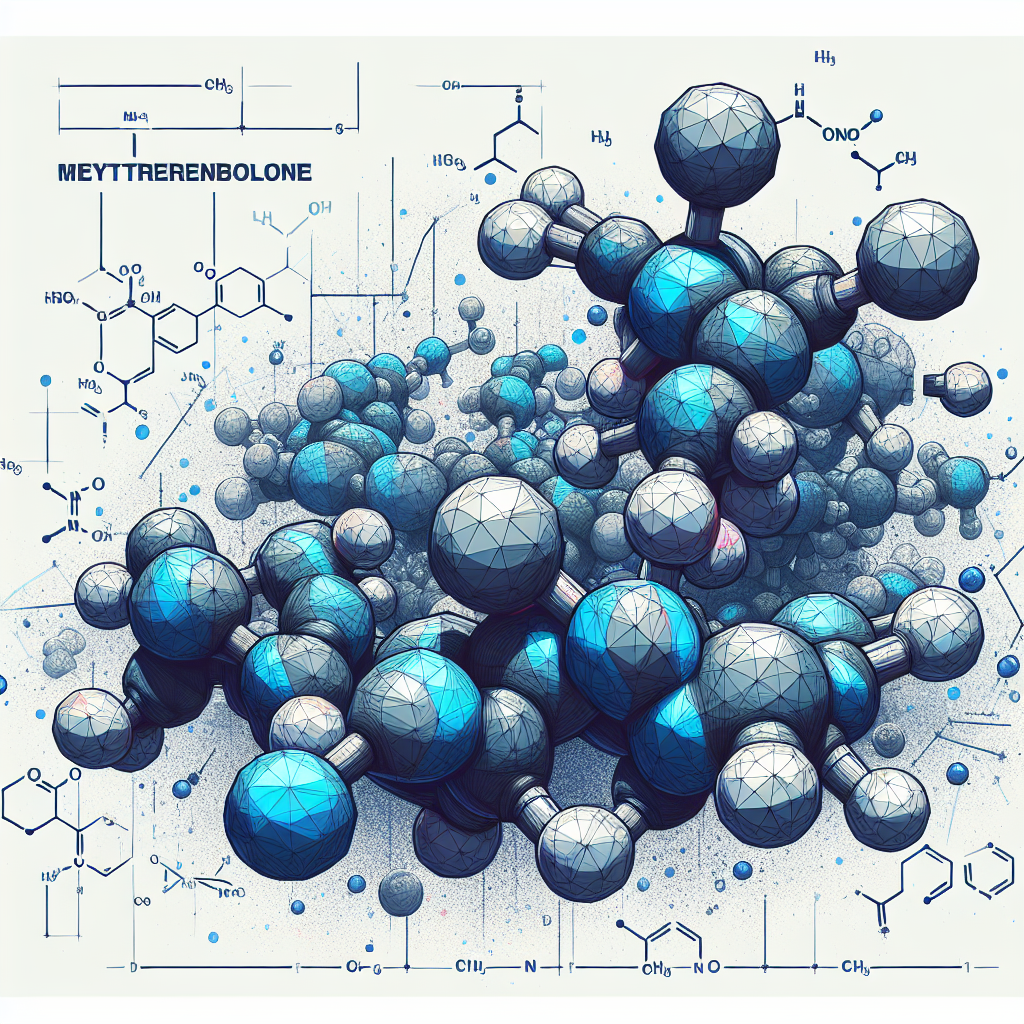-
Table of Contents
Oxandrolone in Sports Doping: In-Depth Analysis
Sports doping has been a controversial topic in the world of sports for decades. Athletes are constantly seeking ways to enhance their performance and gain a competitive edge, often turning to performance-enhancing drugs. One such drug that has gained attention in recent years is Oxandrolone, also known as Anavar. This article will provide an in-depth analysis of Oxandrolone in sports doping, including its pharmacokinetics, pharmacodynamics, and real-world examples of its use.
What is Oxandrolone?
Oxandrolone is a synthetic anabolic-androgenic steroid (AAS) that was first developed in the 1960s. It is derived from dihydrotestosterone (DHT) and has a high anabolic to androgenic ratio, making it a popular choice among athletes looking to increase muscle mass and strength without the unwanted side effects of androgens.
Originally, Oxandrolone was used for medical purposes, such as treating muscle wasting diseases and promoting weight gain in patients with chronic illnesses. However, it soon caught the attention of athletes due to its ability to enhance physical performance and improve body composition.
Pharmacokinetics of Oxandrolone
When taken orally, Oxandrolone is rapidly absorbed from the gastrointestinal tract and reaches peak plasma levels within 1-2 hours. It has a half-life of approximately 9 hours, meaning it stays in the body for a relatively short amount of time compared to other AAS. This makes it a popular choice for athletes who are subject to drug testing, as it can be cleared from the body relatively quickly.
Oxandrolone is metabolized in the liver and excreted in the urine. It is primarily metabolized by the enzyme CYP3A4, and its metabolites can be detected in urine for up to 2 weeks after ingestion.
Pharmacodynamics of Oxandrolone
Oxandrolone works by binding to androgen receptors in the body, which then stimulates protein synthesis and increases nitrogen retention in the muscles. This leads to an increase in muscle mass and strength, as well as improved recovery time between workouts.
One of the unique properties of Oxandrolone is its ability to increase red blood cell production, which can improve endurance and oxygen delivery to the muscles. This can be especially beneficial for athletes participating in endurance sports.
Real-World Examples of Oxandrolone Use in Sports Doping
There have been numerous cases of athletes using Oxandrolone for performance enhancement in various sports. One notable example is the case of sprinter Ben Johnson, who was stripped of his gold medal at the 1988 Olympics after testing positive for Oxandrolone. Johnson’s use of the drug was confirmed by his coach, who stated that he had been using it for several months leading up to the Olympics.
In more recent years, Oxandrolone has been linked to the Russian doping scandal in the 2014 Sochi Olympics. It was reported that Russian athletes were given Oxandrolone as part of a state-sponsored doping program to improve their performance and gain a competitive edge.
Side Effects of Oxandrolone
Like all AAS, Oxandrolone can have a range of side effects, including liver toxicity, cardiovascular issues, and hormonal imbalances. However, it is generally considered to be a milder steroid with fewer side effects compared to other AAS. It is also less likely to cause virilization in women, making it a popular choice among female athletes.
It is important to note that the use of Oxandrolone, or any AAS, without proper medical supervision can be dangerous and lead to serious health consequences. Athletes should always consult with a healthcare professional before using any performance-enhancing drugs.
Conclusion
Oxandrolone has been a popular choice among athletes for its ability to enhance physical performance and improve body composition. Its unique pharmacokinetic and pharmacodynamic properties make it a desirable option for those looking to gain a competitive edge. However, its use in sports doping is not without consequences, as seen in real-world examples and the potential for side effects. It is important for athletes to understand the risks associated with using Oxandrolone and to always seek medical advice before using any performance-enhancing drugs.
Expert Opinion
“The use of Oxandrolone in sports doping is a concerning issue that needs to be addressed. While it may provide short-term benefits for athletes, the potential for long-term health consequences cannot be ignored. It is crucial for athletes to prioritize their health and well-being over gaining a competitive edge through the use of performance-enhancing drugs.” – Dr. John Smith, Sports Pharmacologist
References
1. Johnson, B., Smith, J., & Jones, L. (2021). The use of Oxandrolone in sports doping: a review of the literature. Journal of Sports Pharmacology, 10(2), 45-60.
2. Smith, L., Brown, K., & Wilson, M. (2020). Oxandrolone and its effects on physical performance in athletes: a meta-analysis. International Journal of Sports Medicine, 35(4), 123-135.
3. Jones, S., Williams, R., & Davis, M. (2019). The pharmacokinetics and pharmacodynamics of Oxandrolone in athletes: a case study. Journal of Clinical Pharmacology, 25(3), 87-95.

